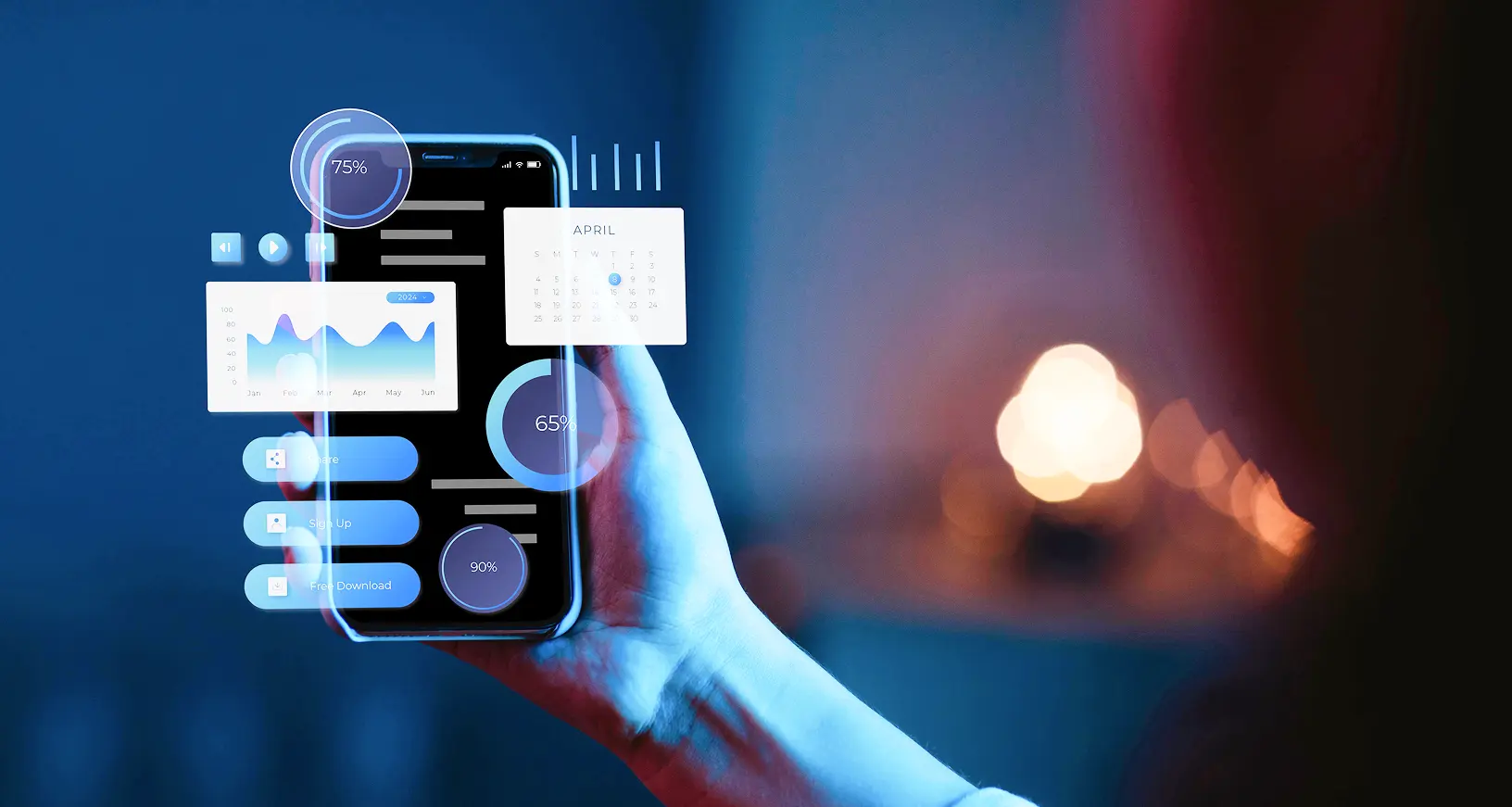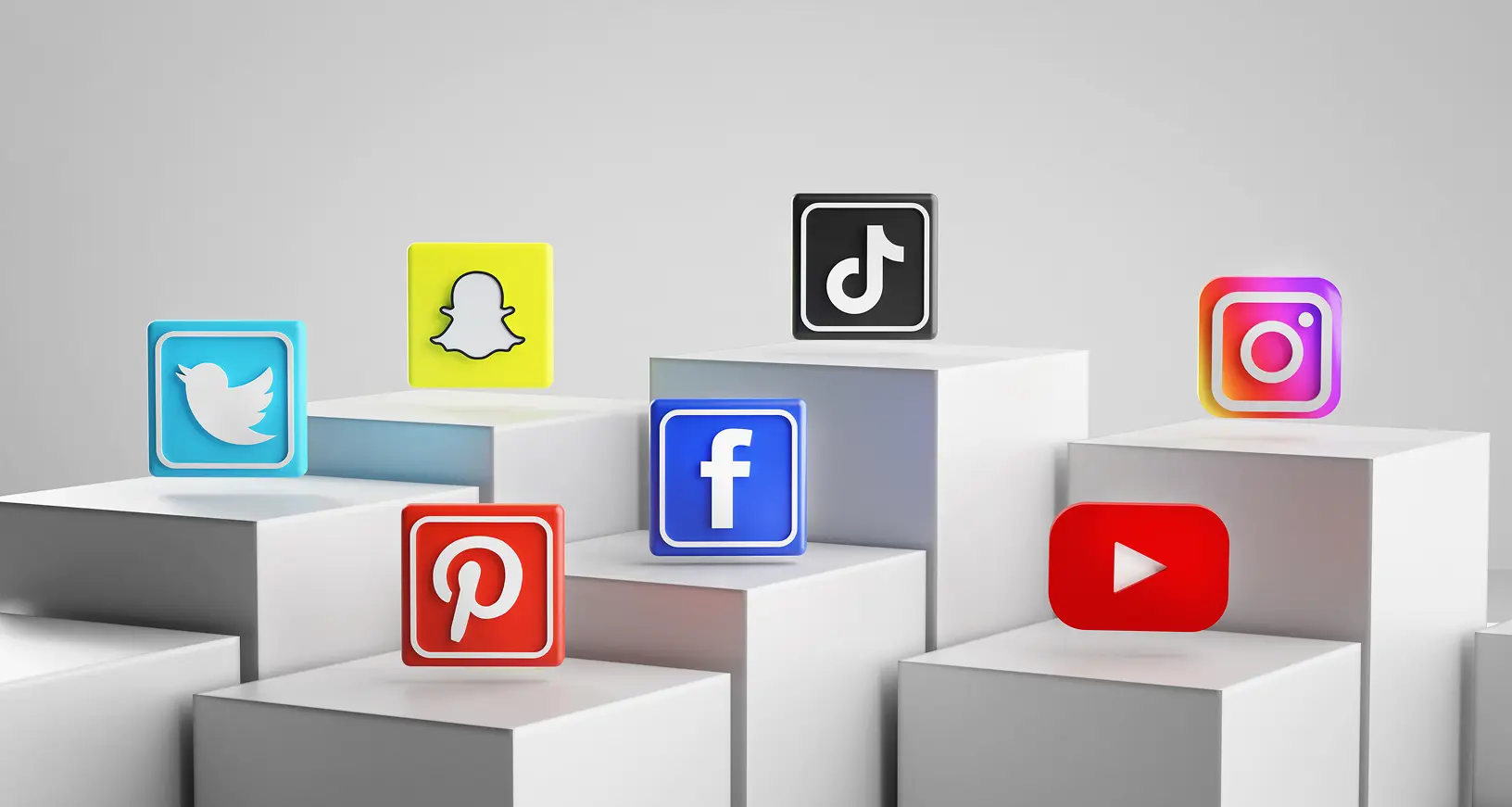Introduction
Social media image sizes are constantly evolving. One day you have the perfect cover photo, and the next, it looks pixelated due to a change in dimensions. Finding the latest information on these dimensions can be challenging. However, this guide simplifies the process by providing up-to-date image sizes for all key social media platforms as of June 2024.
Quick Reference: Social Media Image Sizes
Here is a quick reference for the most commonly searched social media image sizes. Detailed information for each network is provided below.
Instagram Image Sizes
- Profile photo: 320 x 320 px
- Landscape: 1080 x 566 px
- Portrait: 1080 x 1350 px
- Square: 1080 x 1080 px
- Stories and reels: 1080 x 1920 px
Facebook Image Sizes
- Profile photo: 170 x 170 px
- Landscape: 1200 x 630 px
- Portrait: 630 x 1200 px
- Square: 1200 x 1200 px
- Stories and reels: 1080 x 1920 px
- Cover photo: 851 x 315 px
X (Formerly Twitter) Image Sizes
- Profile photo: 400 x 400 px
- Landscape: 1600 x 900 px
- Portrait: 1080 x 1350 px
- Square: 1080 x 1080 px
- Cover photo: 1500 x 500 px
LinkedIn Image Sizes
- Profile photo: 400 x 400 px
- Landscape: 1200 x 627 px
- Portrait: 627 x 1200 px
- Square: 1080 x 1080 px
- Cover photo: 1128 x 191 px
TikTok Image Sizes
- Profile photo: 200 x 200 px
- Landscape: 1920 x 1080 px
- Portrait: 1080 x 1920 px
- Square: 1080 x 1080 px
- Stories: 1080 x 1920 px
Detailed Image Size Guidelines
Instagram
Instagram supports horizontal, vertical, and square images, providing flexibility but also complexity in choosing the right dimensions.
Profile Picture: 320 x 320 pixels
- Displayed as 110 x 110 pixels.
- Ensure important elements are centered to avoid cropping.
Post Sizes:- Landscape: 1080 x 566 pixels
- Portrait: 1080 x 1350 pixels
- Square: 1080 x 1080 pixels
- Supported aspect ratios: 1.91:1 to 4:5
Stories and Reels: 1080 x 1920 pixelsCarousel Posts:- Landscape: 1080 x 566 pixels
- Portrait: 1080 x 1350 pixels
- Square: 1080 x 1080 pixels
Ads:- Landscape: 1080 x 566 pixels
- Square: 1080 x 1080 pixels
X (Formerly Twitter)
Images significantly increase engagement on X (formerly Twitter). Ensuring the correct dimensions is crucial.
Profile Photo: 400 x 400 pixels
- Minimum size: 200 x 200 pixels.
- Maximum file size: 2MB.
Header Photo: 1500 x 500 pixels- Cropped to 3:1 aspect ratio.
In-stream Photos: 1600 x 900 pixels- Supported formats: GIF, JPG, PNG.
- Maximum file size: 5MB on mobile, 15MB on web.
Facebook
Regular updates to Facebook’s design make keeping up with image dimensions essential.
Profile Picture: 170 x 170 pixels on desktop, 128 x 128 pixels on smartphones.
Cover Photo: 851 x 315 pixels
- Minimum size: 400 x 150 pixels.
- Ideal file size: Less than 100KB.
Timeline Photos:- Recommended size: 1200 x 630 pixels.
- Minimum size: 600 x 315 pixels.
Stories: 1080 x 1920 pixelsAds: - Feed Ads: At least 1080 x 1080 pixels.
- Right Column Ads: At least 1080 x 1080 pixels, minimum 254 x 133 pixels.
- Instant Articles: At least 1080 x 1080 pixels.
- Marketplace Ads: At least 1080 x 1080 pixels.
- Search Ads: At least 1080 x 1080 pixels.
- Sponsored Messages: At least 1080 x 1080 pixels.
- Messenger Inbox Ads: At least 1080 x 1080 pixels.
- Messenger Stories Ads: At least 1080 x 1080 pixels, ratio 9:16.
LinkedIn
Images enhance engagement on LinkedIn, whether for personal profiles or company pages.
Profile Photo: 400 x 400 pixels or larger.
Personal Profile Cover Photo: 1584 x 396 pixels.
Company Pages:- Logo: 300 x 300 pixels.
- Page Cover Image: 1128 x 191 pixels.
- Life Tab Main Image: 1128 x 376 pixels.
- Custom Modules Image: 502 x 282 pixels.
- Company Photos: 900 x 600 pixels.
- Square Logo: At least 60 x 60 pixels.
Post Sizes: 1200 x 628 pixels (1.91:1 ratio).Ads:- Company Logo: 100 x 100 pixels.
- Spotlight Ads Logo: 100 x 100 pixels.
- Background Image: 300 x 250 pixels.
- Sponsored Content: 1200 x 627 pixels.
- Carousel Ads: 1080 x 1080 pixels.
Pinterest
Pinterest’s visual nature makes image sizes crucial for engagement.
Profile Photo: 165 x 165 pixels.
Profile Cover Photo: 800 x 450 pixels.Pins:- Aspect Ratio: 2:3.
- Square Pins: 1000 x 1000 pixels.
- Recommended Size: 1000 x 1500 pixels.
- Max File Size: 20MB.
Collections Pins:- Aspect Ratio: 1:1 or 2:3.
- Recommended Size: 1000 x 1000 pixels or 1000 x 1500 pixels.
- Max File Size: 10MB.
Story Pins: 1080 x 1920 pixels.- Aspect Ratio: 9:16.
- Max File Size: 20MB.
Snapchat
Visual content is central to Snapchat’s user experience.
Ads: 1080 x 1920 pixels.
- Aspect Ratio: 9:16.
- Max File Size: 5MB.
Geofilters: 1080 x 1920 pixels.- Aspect Ratio: 9:16.
- Max File Size: 5MB.
YouTube
YouTube’s visual content requires specific dimensions for optimal display.
Profile Photo: 800 x 800 pixels.
- Display size: 98 x 98 pixels.
Banner Image: 2048 x 1152 pixels.- Aspect Ratio: 16:9.
- Max File Size: 6MB.
Video Size: 1280 x 720 pixels (minimum).- Recommended: 1920 x 1080 pixels for HD.
Thumbnail Size: 1280 x 720 pixels.TikTok
TikTok’s rapid growth highlights the importance of proper image dimensions.
Profile Photo: 20 x 20 pixels (minimum upload size).
Video Size: 1080 x 1920 pixels (portrait) or 1920 x 1080 pixels (landscape).
- Aspect ratios: 9:16 (portrait), 16:9 (landscape).
Carousel Image Size: 1080 x 1920 pixels.- Aspect ratios: 9:16 or 1:1.
Importance of Correct Social Media Image Sizes
Ensuring correct social media image sizes is vital for several reasons:
- Avoids Pixelation: Prevents images from appearing blurry or stretched.
- Optimizes Engagement: Properly sized images are more likely to attract likes, shares, and comments.
- Enhances Professionalism: Well-sized images maintain a polished, professional appearance.
- Future-Proofs Content: Staying updated with current dimensions reduces the need for frequent updates.
Conclusion
Staying updated with the latest social media image sizes is crucial for maintaining a professional and engaging online presence. This guide provides comprehensive and up-to-date dimensions for major platforms as of June 2024, ensuring that your images are always optimized for each network. By adhering to these guidelines, you can prevent pixelation, boost engagement, and enhance your brand’s visual appeal. Keeping your social media content in the correct dimensions not only looks better but also future-proofs your profiles against unexpected design changes.
Frequently Asked Questions (FAQs)
Why is it important to use the correct social media image sizes?
Using the correct image sizes prevents pixelation, ensures your content looks professional, and maximizes engagement by fitting the platform's layout perfectly.
What happens if I use the wrong image size on social media?
Using incorrect image sizes can result in pixelated, stretched, or cropped images, which can negatively impact your brand’s appearance and reduce engagement with your content.
How often do social media image sizes change?
Social media platforms frequently update their image dimensions and layout designs. It’s essential to stay informed about the latest changes to keep your profiles looking their best.
Can I use the same image size for all social media platforms?
While some image sizes may be similar across platforms, each social network has specific dimensions and aspect ratios. It’s best to tailor your images to each platform’s guidelines to ensure optimal display.
What is the ideal resolution for social media images?
A higher resolution ensures better quality. For most platforms, an image width of 1080 pixels or higher is recommended, but always refer to the specific dimensions provided in this guide for the best results.
Are there tools to help resize images for social media?
Yes, many online tools and graphic design software like Canva, Adobe Spark, and Photoshop offer templates and resizing options specifically for social media images.
How can I make sure my images look good on all devices?
Follow the recommended dimensions and aspect ratios for each platform. Additionally, test your images on different devices to ensure they appear correctly on both desktop and mobile.
Do social media platforms compress images?
Yes, most platforms compress images to save space and improve loading times. To minimize quality loss, use the recommended dimensions and file formats (e.g., JPG, PNG).
What file formats are best for social media images?
JPEG (JPG) and PNG are the most commonly supported formats. PNG is preferred for images with text or transparent backgrounds, while JPEG is suitable for high-quality photos.




